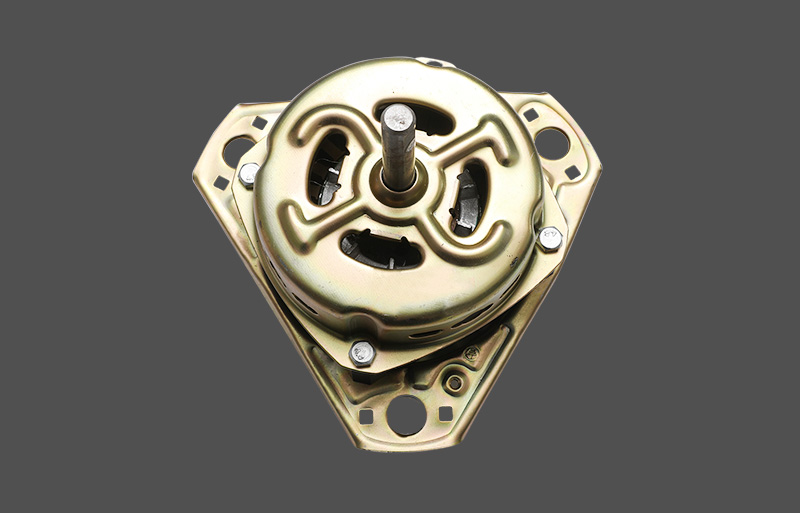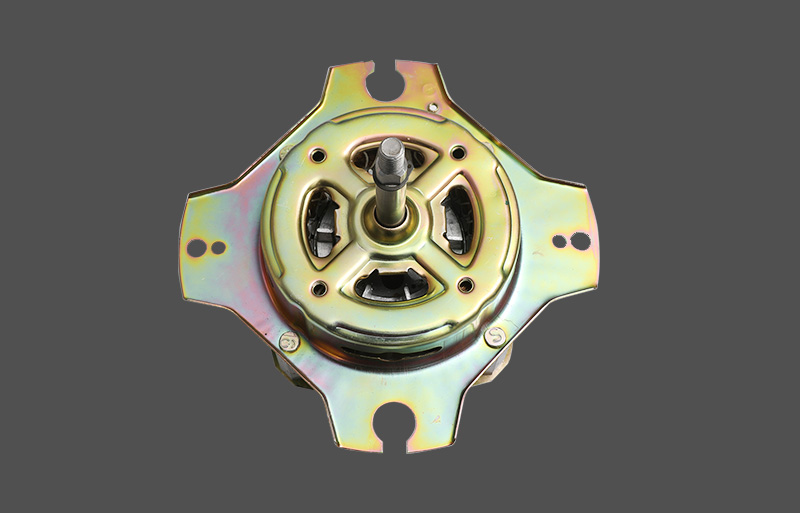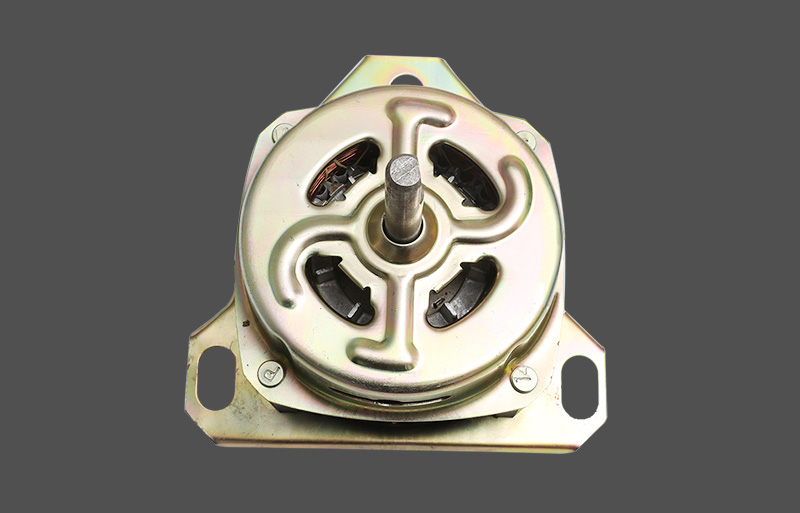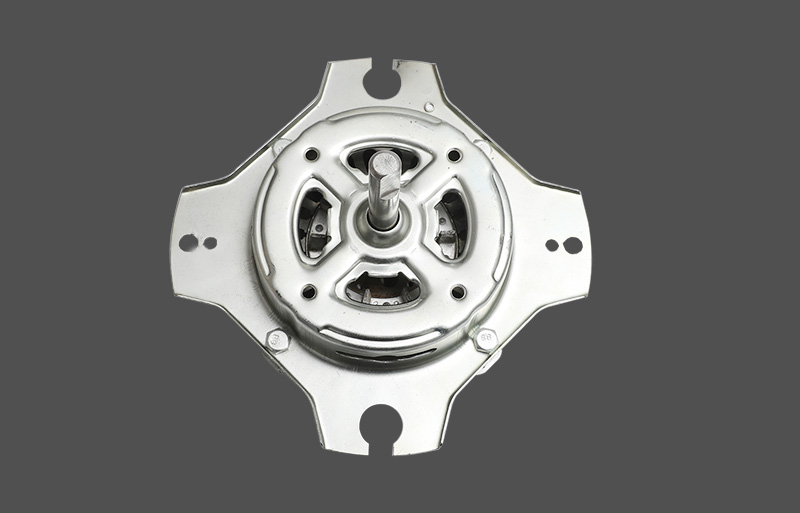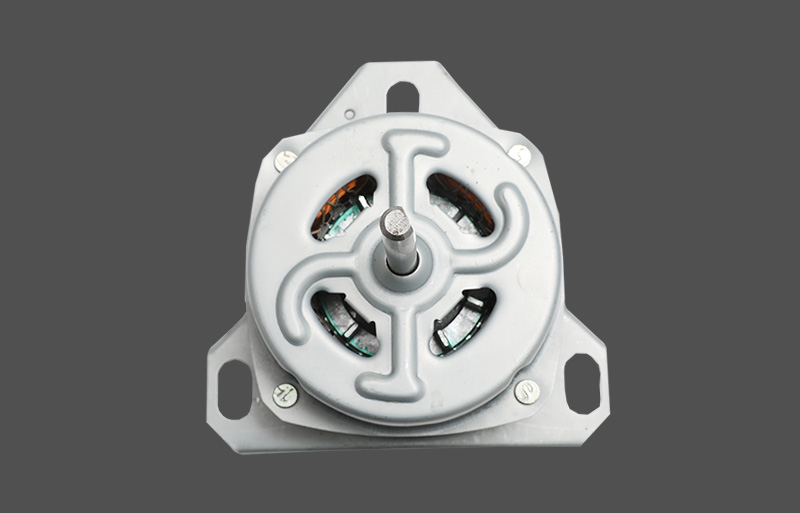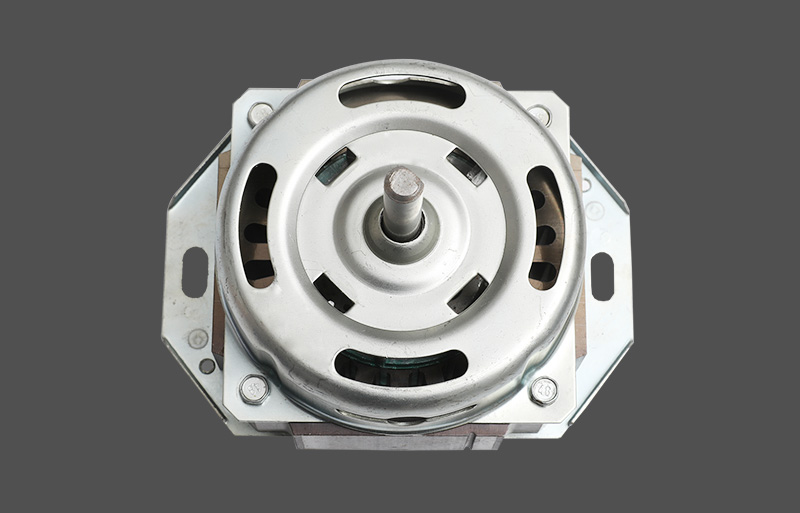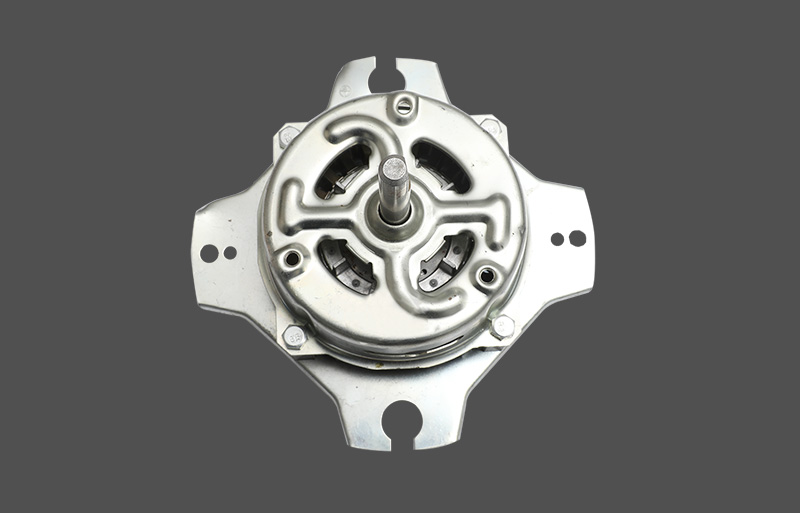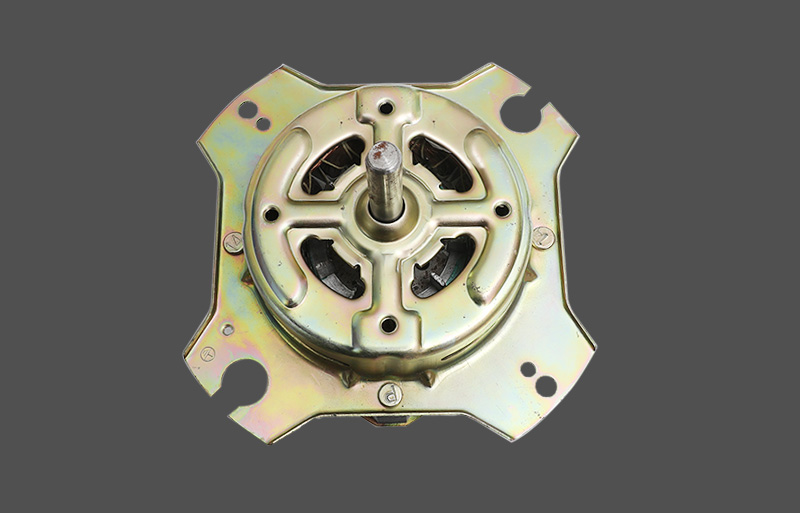The working principle of Spin Machine Motor is based on the interaction of electromagnetism and mechanics. Its core is to induce torque in the magnetic field through current excitation, thereby achieving rotation.
Principles of electromagnetism:
Electromagnetic field generation: The electromagnetic field in Spin Machine Motor is generated by the flow of electric current in the coil. The current in the coil produces a magnetic field, which is described by Ampere's law, that is, when the current passes through the conductor, it produces a magnetic field, the direction of which can be determined by the right-hand rule.
Interaction of the magnetic field with the rotor: The electromagnetic field interacts with the conductive parts of the rotor, causing the rotor to experience a torque. This is based on the principle of the Lorentz force, which states that a current in a conductor moving in a magnetic field experiences a force perpendicular to the magnetic field.
Mechanical principles:
Rotation of the rotor: Under the influence of the electromagnetic field, the rotor starts to rotate. The direction and speed of the rotor's rotation are affected by the direction and magnitude of the current, as well as the polarity of the magnetic field.
Relative motion between the rotor and the stator: Due to the rotation of the rotor, there is relative motion between the rotor and the stator. This relative motion results in a mechanical output, as the rotation of the rotor can be used to drive mechanical devices that perform various tasks, such as driving fans, pumps, or other rotating equipment.
Speed regulation and control:
Current regulation: By adjusting the input current, the intensity of the electromagnetic field can be adjusted, thereby affecting the torque and rotation speed of the rotor. This speed regulation mechanism is particularly common in DC motors.
Phase control: In AC motors, speed regulation and control of the motor can be achieved by adjusting the phase difference of the current. This is achieved by changing the direction and magnitude of the electromagnetic field.
Energy conversion:
Electrical energy is input into the motor via electrical current and is subsequently converted into mechanical energy. This energy conversion is accomplished through the torque caused by the current in the electromagnetic field, which drives the rotor to rotate and is finally transferred to the mechanical load.
Efficiency and Optimization:
In order to improve the efficiency of Spin Machine Motor, multiple factors need to be considered, including the design of the electromagnetic coil, the control of the magnetic field, the friction of the bearing system, etc. Optimizing these parameters can improve the efficiency of the motor and reduce energy loss.




